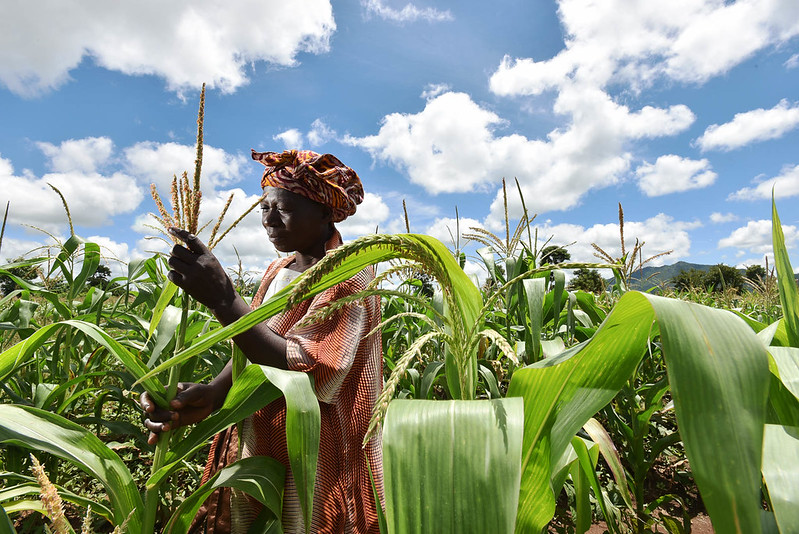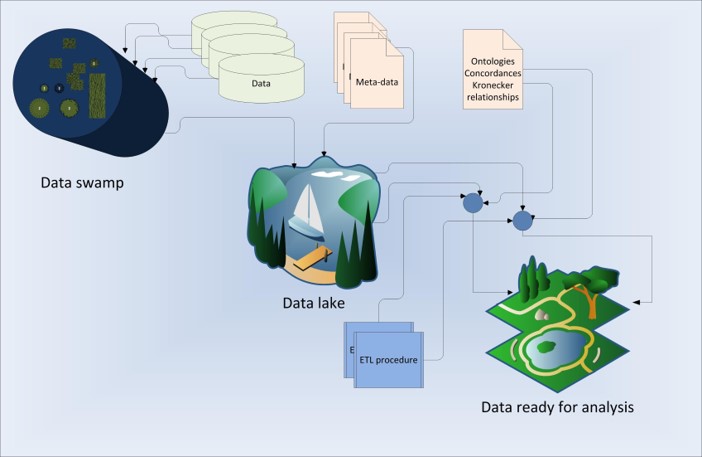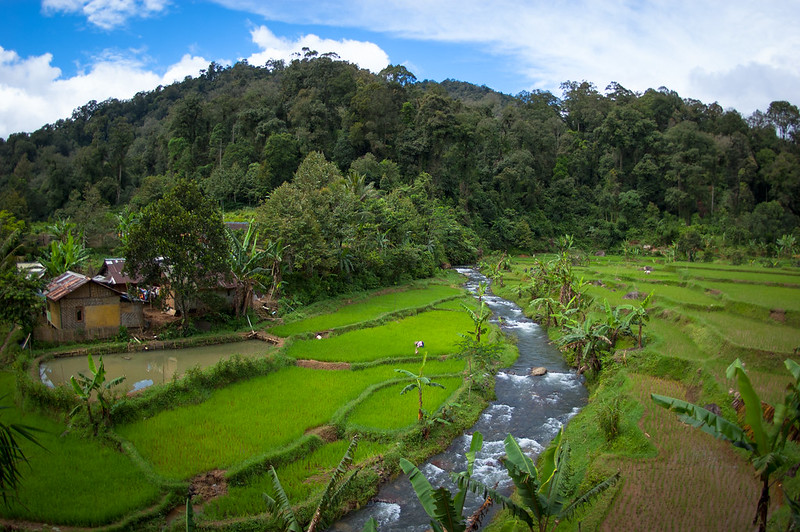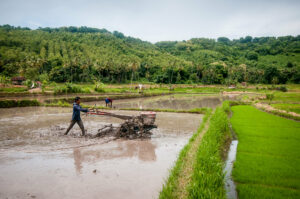Latest Posts
Global food systems: Can foresight learn from hindsight?
Construction of plausible scenarios for alternative futures of global food systems requires an understanding of how the past led to the present, and the past’s likely relevance to the future. Policy actions affected the past, but are very difficult to foresee. Among those that most shaped global food systems in…
Prospects and challenges of fish for food security in Africa
Fish contribute to Africa’s food and nutrition security, but future directions for the fish sector remain uncertain. Using a structural foresight modeling approach, this paper examines past, present, and future trends of fish supply and demand in Africa to highlight challenges and prospects of the fish sector’s contribution to food…
Supporting sustainable expansion of livestock production in South Asia and Sub-Saharan Africa: Scenario analysis of investment options
Growth in demand for livestock-derived foods will likely remain strong in low- and middle- income countries, fueling concerns about expansion of production and the management of natural resources. Recent research suggests that the envisioned negative effects are not inevitable and that benefits such as improved food security can be enhanced.
Understanding the consequences of changes in the production frontiers for roots, tubers and bananas
The widely recognized role of roots, tubers and bananas (RT&Bs) in achieving food security and providing income opportunities in the world’s poorest regions will be challenged by socioeconomic and climate related drivers. These will affect demand and production patterns and increase pressure on farming systems. Foresight results presented in this…
The future of Blue Carbon science
The term Blue Carbon (BC) was first coined a decade ago to describe the disproportionately large contribution of coastal vegetated ecosystems to global carbon sequestration. The role of BC in climate change mitigation and adaptation has now reached international prominence. To help prioritise future research, we assembled leading experts in…









